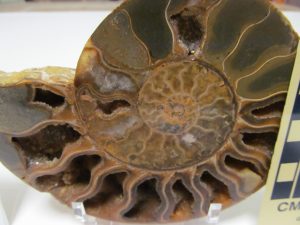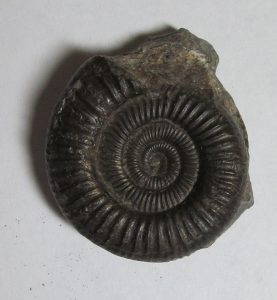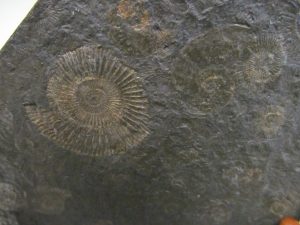The main reason most Christians who read the Bible do so is because they know it was given by God to direct their lives through to eternity. The story of Lot is very instructive and applicable to us here in America right now as we persevere in this corrupt culture. In Genesis chapter 19 we learn what God thinks about homosexuality.
The most universal consequence of “all of the men from every part of the city of Sodom—both young and old” (Genesis 19:4 NIV) being addicted to the abominable practice was the total destruction of Sodom and Gomorrah and all those living in that general area. But another bad consequence was that Lot’s daughters deceived Lot into actions that resulted in the formation of nations that became historical enemies to Israel—the Moabites and the Ammonites. Lot’s older daughter’s incestuous relationship birthed Moab and the younger daughter’s actions birthed Ben-ammi. So one of the outcomes of the sin at Sodom and Gomorrah was the establishment of the contentious Moabite and Ammonite tribes.
Genesis chapters 18 and 19 provide much understanding for proper Christian living in these evil days. I suggest you may want to reread these chapters right now if you have not studied them recently.
The apostle Peter (2 Peter 2:7-8) describes Lot as “a righteous man, who was distressed by the depraved conduct of the lawless.” This righteousness must have been mainly because of his faith which led him to go with Abraham to Canaan. He also did try to protect the two angels from the mob at Sodom, but I think many of his actions were certainly not particularly righteous. Lot was another person in the Old Testament that was saved by the grace of God. I think it is significant that the Bible provides us with no additional information on Lot’s life after the birth of his two sons by his daughters.
On a less serious note and as a fossil connoisseur I often wondered if there was a connection between the Ammonites of the Bible and the fossil ammonites of the rock record. I thought that maybe the first ammonite fossils were found in an area where the Ammonite people group resided or where their descendants now live. So you will know what I am talking about, here are some images of a few of the beautiful ammonite fossils from my collection (now on display at the Dinosaur and Fossil Museum in Castle Rock, Washington).
Notice in the photos above the spiral shape of the fossilized shells of these extinct sea creatures.
I also noticed that the word “ammonite” is similar to the word “ammonia.” So another idea I had was that perhaps Ammon, an Egyptian god that had an ancient connection to the preparation of the pungent gaseous compound of nitrogen and hydrogen, might be the source for the word ammonite.
This thought was not far off, but it was incorrect. It turns out that the name ammonite was inspired by the spiral shape of the fossil shells. The ancient natural philosopher Pliny the Elder (died in 79 AD near Pompeii) called these fossils ammonis cornua or “horns of Ammon” because the Egyptian god Ammon was often depicted wearing spiral-shaped rams horns.
In conclusion, while the catastrophes of the global Flood (that formed the fossils) and the destruction of Sodom and Gomorrah (that resulted in the Ammonite tribe) were both the result of the sinful actions of mankind, the naming of the ammonite fossils does not look to be in any way related to the Ammonite tribe described in the Bible.
J.D. Mitchell
For more on fossils get my book:







